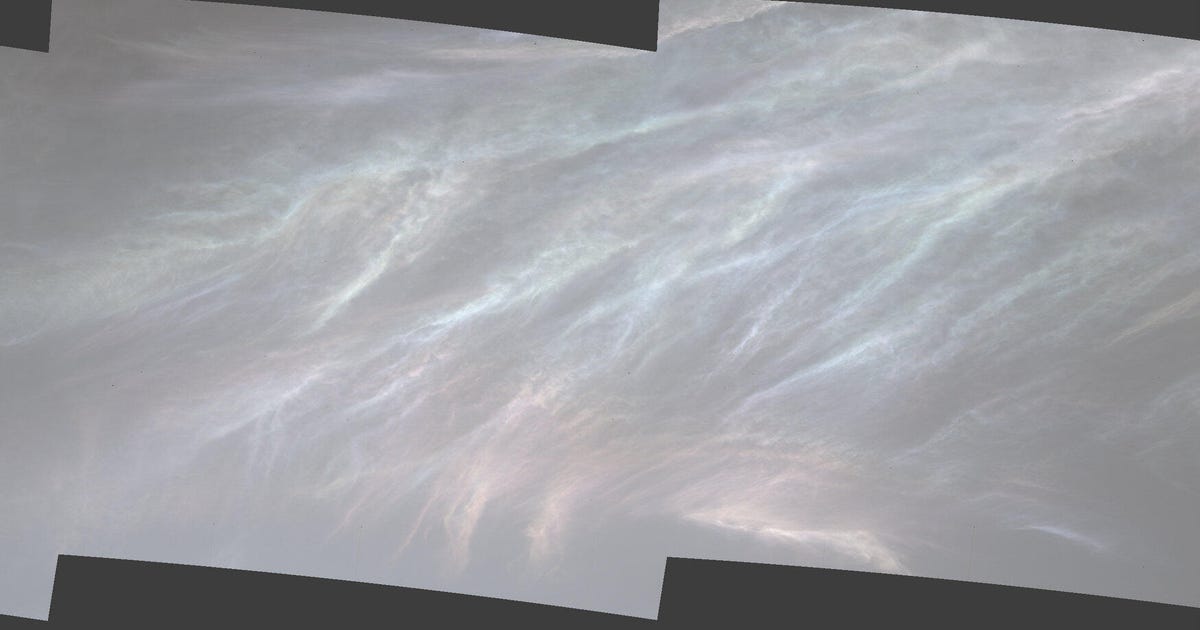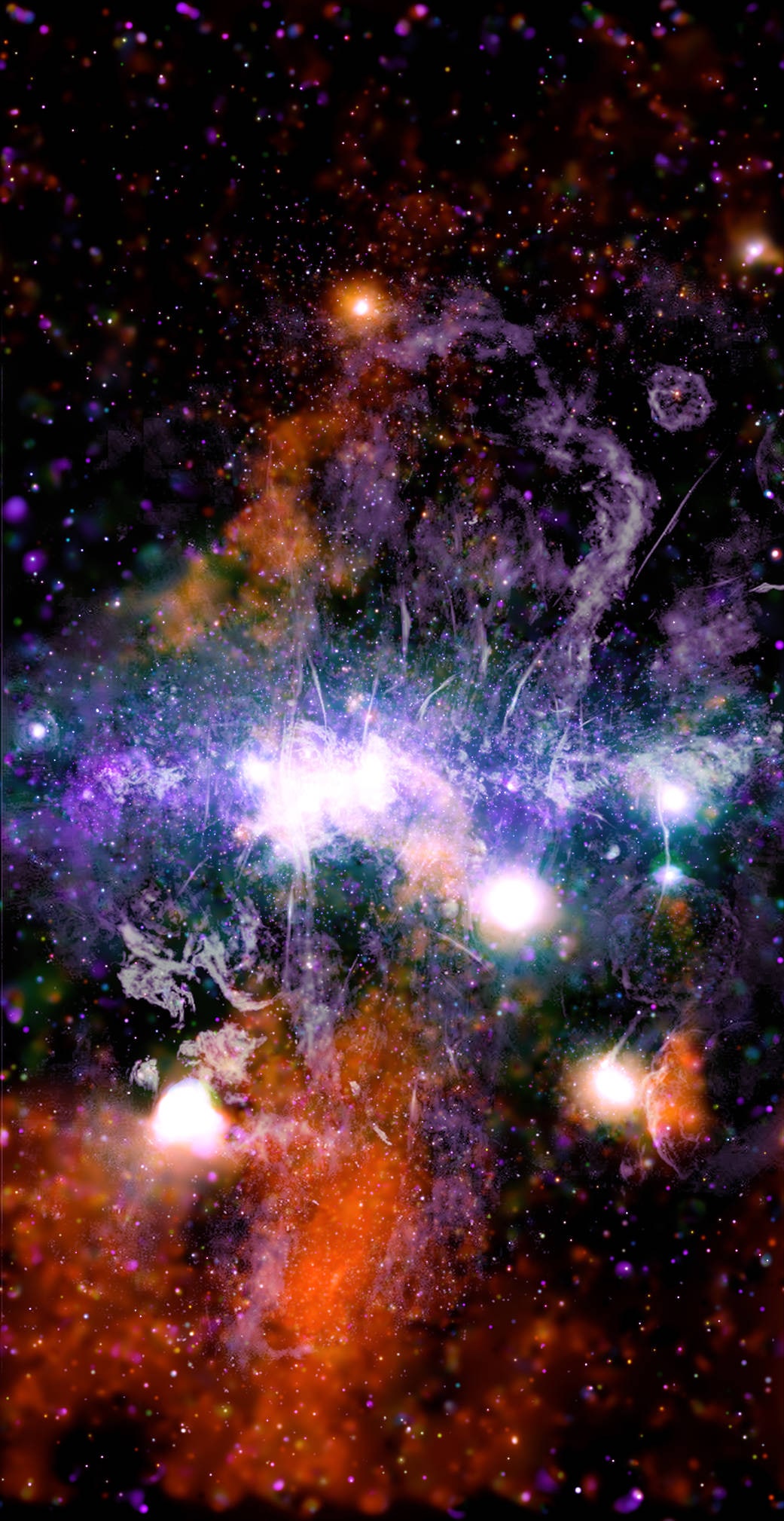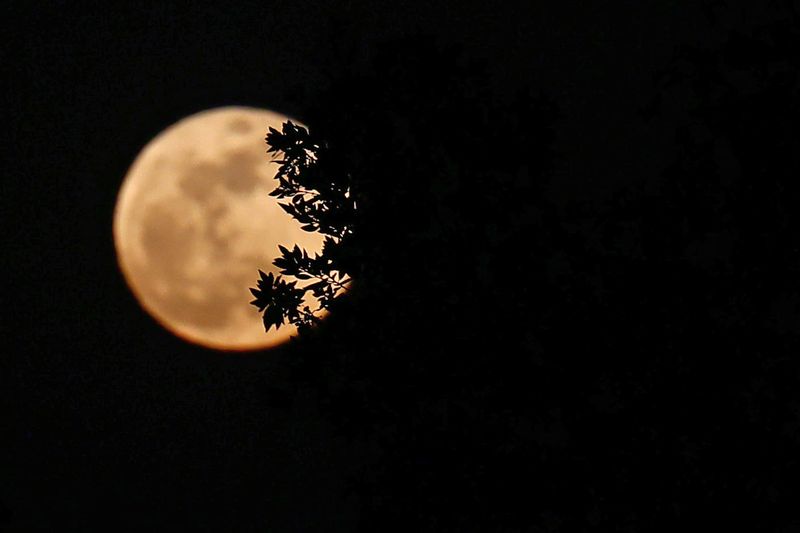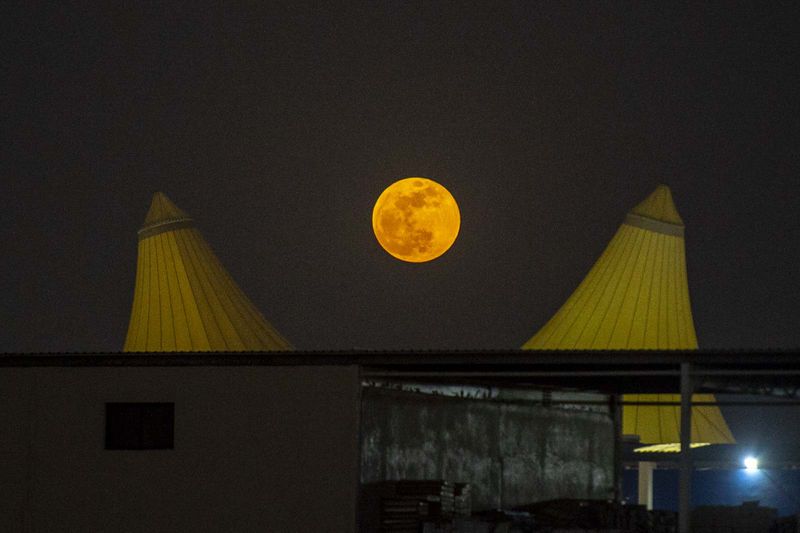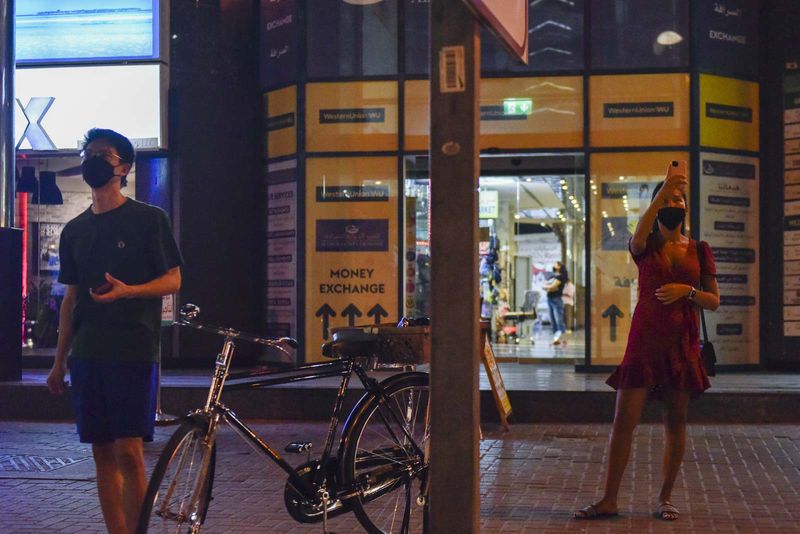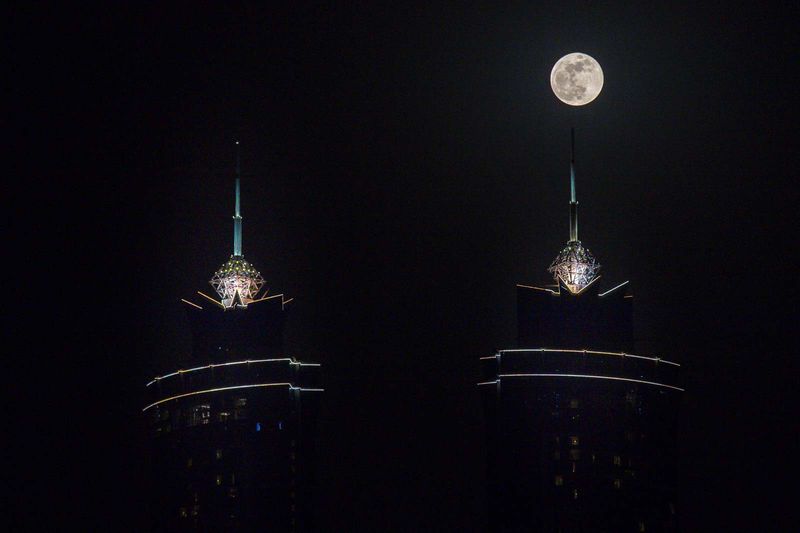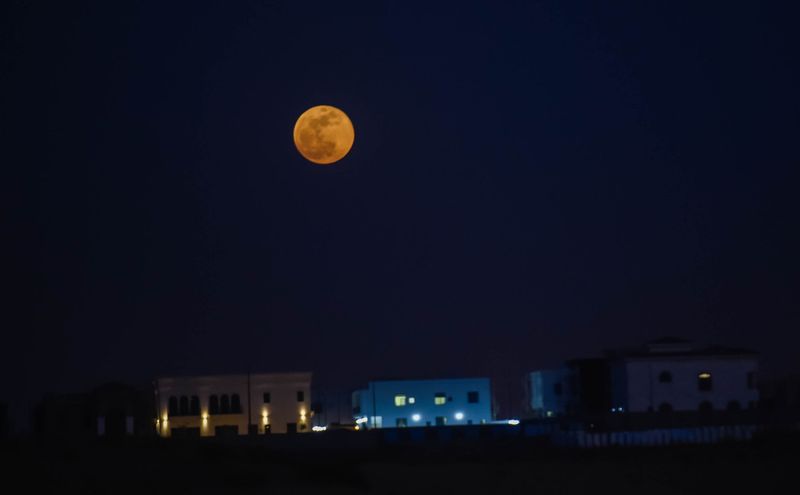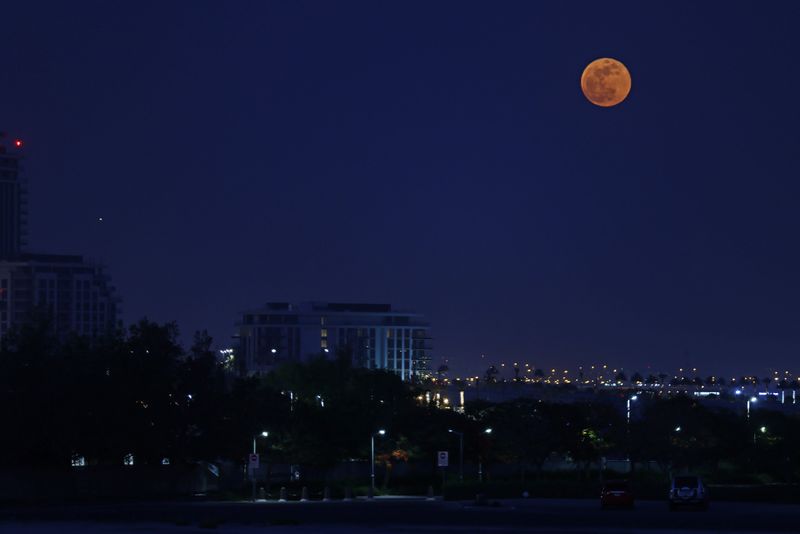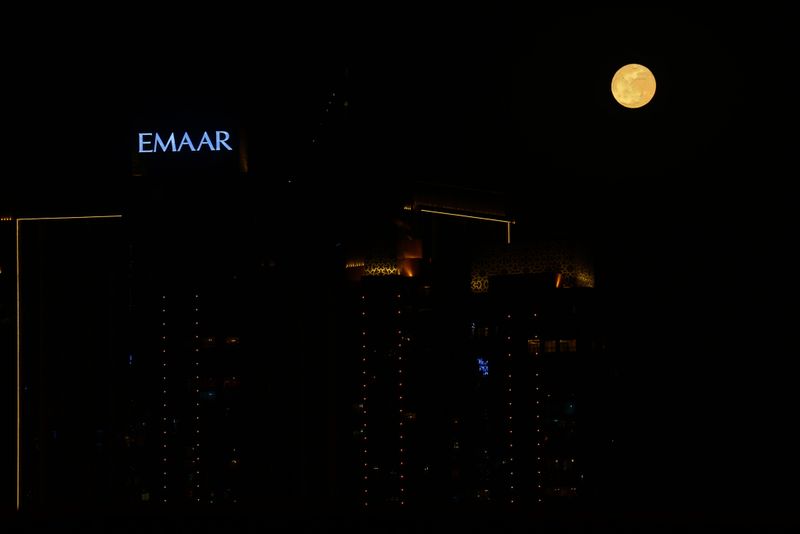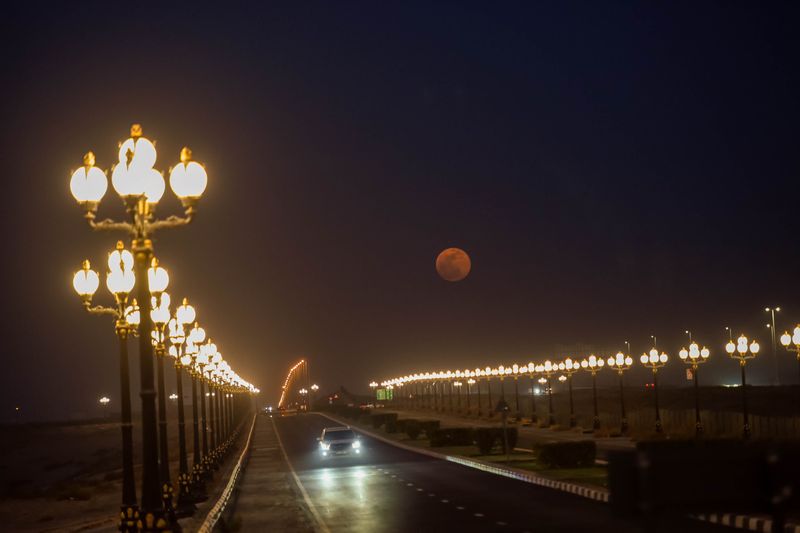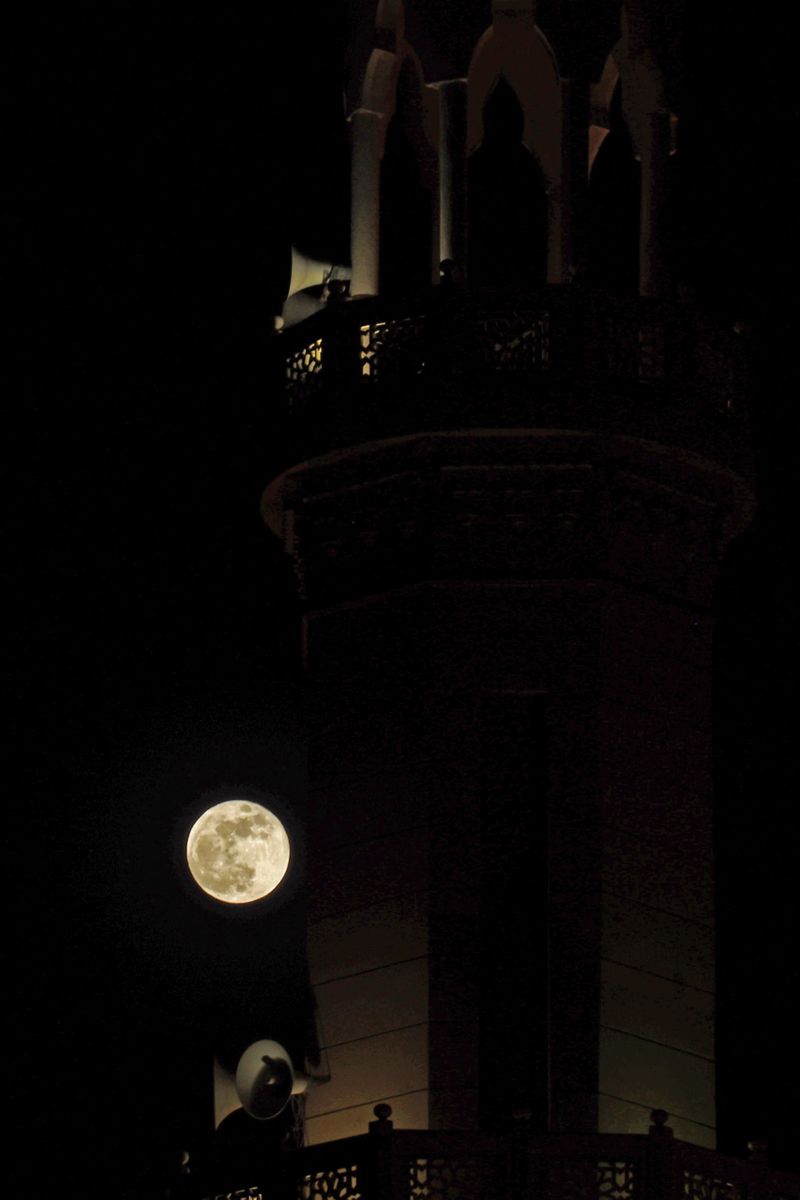
A species of frog lives in the rainforests of New Guinea that appears to be made from chocolate — just like the magical sweets popular in the wizarding world of J K Rowling’s Harry Potter.
An Australian scientist, Steve Richards, spotted the creature in 2016 and took a few specimens for genetic tests and research. The cocoa-coloured frogs have turned out to be a new species — and an addition to our knowledge of the animal kingdom.
It is called Litoria mira, inspired by the Latin adjective mirum, which means surprised or strange, stemming from the scientist’s surprise in discovering an undescribed member of the predominately Australian Litoria genus of tree frogs.
Richards, a frog specialist with the South Australian Museum, and Paul Oliver, from the Queensland Museum and Griffith University, who carried out the genetic analysis, announced the discovery in a paper published in the Australian Journal of Zoology on May 20.
Newsletter | Click to get the day’s best explainers in your inbox
An Australian relative
The Litoria mira has a well-known relative — the common green tree frog of Australia called Litoria cerulean. Except for the colour of their skins, the two seem alike — until you study them closely.
Litoria mira can be distinguished from all other Litoria by its unique combination of moderately large size, webbing on hand, relatively short and robust limbs, and small violet patch of skin on the edge of its eyes.
A link from the past
The reason that the chocolate frog from New Guinea and the Australian green tree frog are similar is that Australia and New Guinea used to be linked by land for much of the late Tertiary period (2.6 million years ago), and share many biotic elements.
Today, the island of New Guinea is separated from the ‘horn’ of Queensland by the Torres Strait. New Guinea is dominated by rainforest, and northern Australia by the savannah.
“Resolving the biotic interchange between these two regions is critical to understanding how the rainforest and savannah habitat types have expanded and contracted over time of both…,” Oliver said to Sci-News.com.
“Estimates for divergence of the new species in our study shows that in the Pliocene (5.3 to 2.6 million years ago) there was still connectivity between the two species across lowland tropical habitats of northern Australia and New Guinea.”
Why the discovery took so long
The chocolate frog was discovered in one of the world’s most unpleasant places for humans, a hot rainforest swamp infested with malarial mosquitoes, spiky trees and crocodiles and without roads. It is the kind of terrain that does not encourage exploration.
https://news.google.com/__i/rss/rd/articles/CBMiTmh0dHBzOi8vaW5kaWFuZXhwcmVzcy5jb20vYXJ0aWNsZS9leHBsYWluZWQvbGl0b3JpYS1taXJhLWZyb2ctc3BlY2llcy03MzM4OTgzL9IBAA?oc=5
2021-06-01 02:28:43Z
52781636180318




